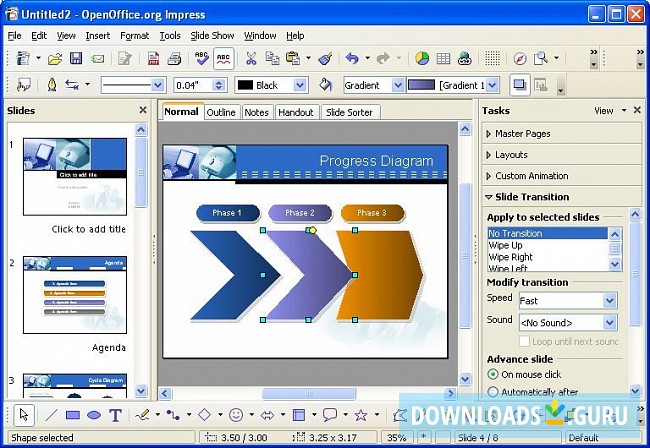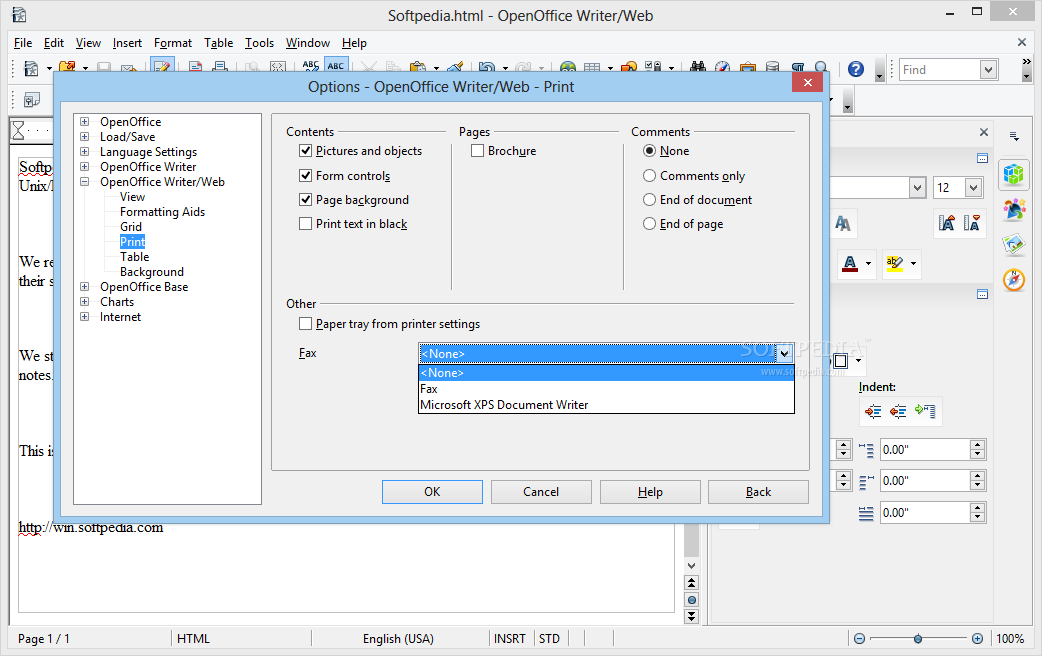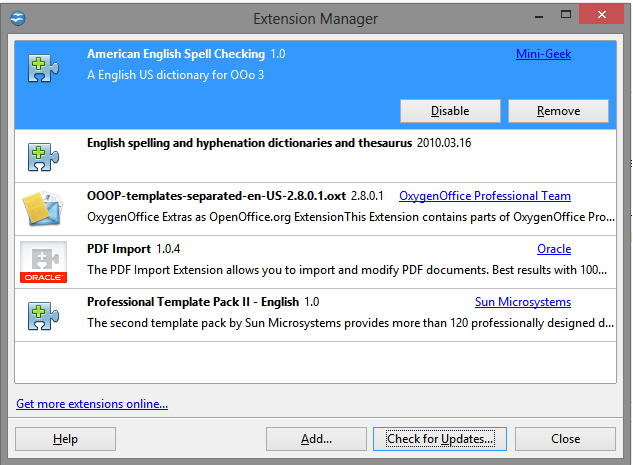


Answer Yes to the prompt, and wait for the process to finish. Under the Advanced Boot Options section, choose Safe Mode with Command Prompt. xml (located in C:\ Windows \System32\Recovery folder or. SFC stands for System File Checker and it allows you to check for corrupted files and fix them on your Windows 10 computer. When the Windows setup wizard shows up, choose one of the following ways to open Command Prompt: Way 1: Press the Shift + F10 keys to open the Command Prompt window. In order to boot your computer into the recovery environment In our example, it should be located on the F:\ drive (F:\Recovery\WindowsRE \Winre. Its best-known software products are the Windows line of operating systems, the Open Windows in Safe Mode using Command Prompt. The Repair option takes you to the same Advanced Startup options screen that you get and the Command Prompt option is where it should be. Search for the Command Prompt and open it as an administrator. You can press Windows + I to open Windows Settings.

Method 3: Run System Files Checker in Command Prompt.


 0 kommentar(er)
0 kommentar(er)
